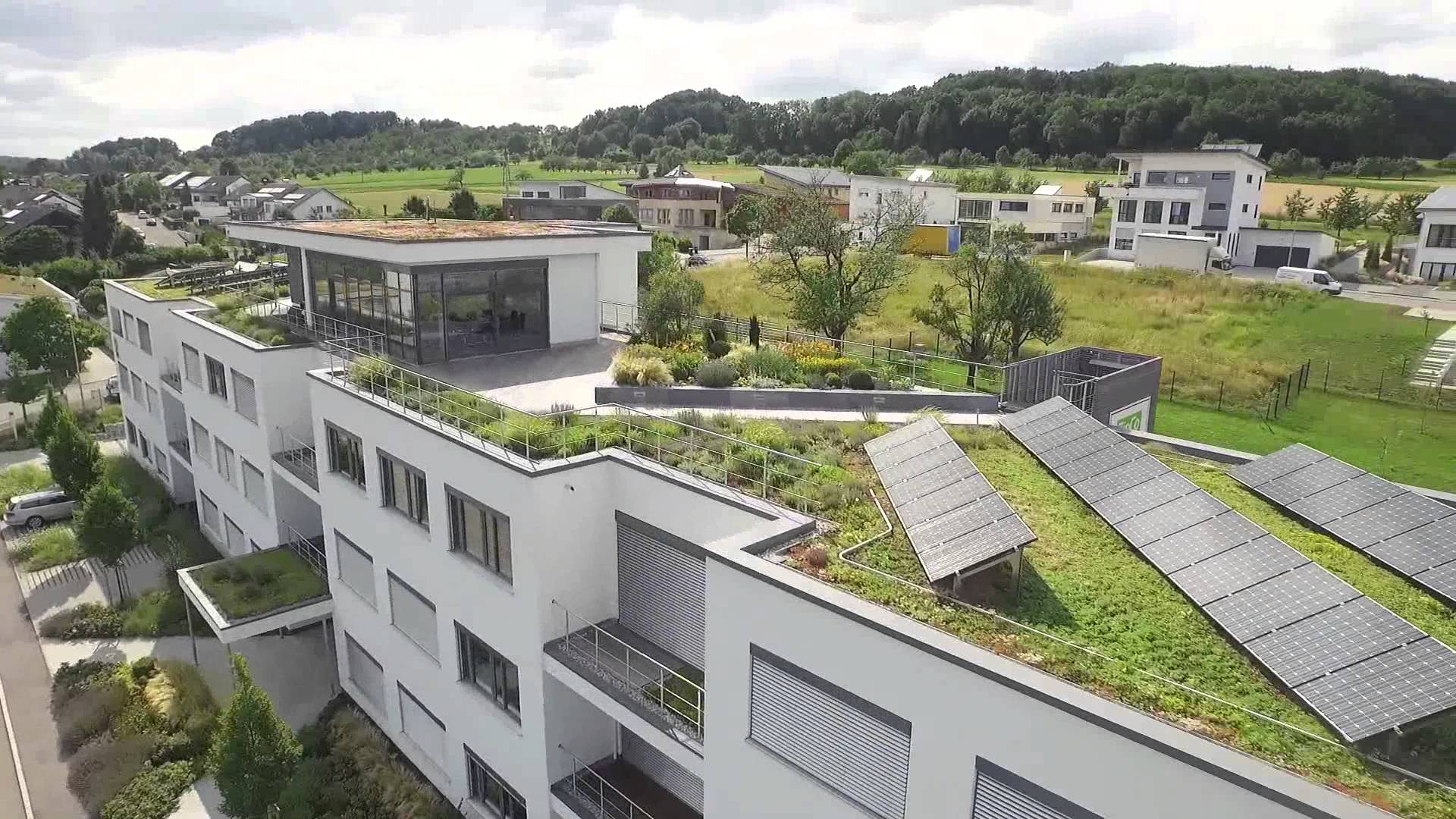3 MUST-KNOW ENERGY EFFICIENT MATERIALS IN ARCHITECTURE

With the increasing world temperatures due to global warming and the need to conserve energy more than ever, the architects have an increasing responsibility to build energy efficient buildings. Here are three energy efficient materials that can be used to design buildings that are resilient to climate conditions and limit the carbon footprint.
Green Roofs
Vegetative roofing systems are efficient in reducing storm water
run-off, keeping water out of the building and reduce strain on urban sewer
systems. However, these green roofs can also help in conserving energy of a
building year after year while also increasing its longevity. The PVC materials
used in these roofing systems shield them from temperature extremes and UV
rays, thus preventing it from contracting and expanding. A large urban green
roof can save up to 2 million gallons of water annually, thus reducing the
irrigation needs by 50 percent.
Innovative 3D Printing
In the near future the building
exterior elements will be printed by industrial scale 3D printers to enhance
efficiency. One such experiment has been carried out by Dutch architects where
they used a 3D printed façade system to optimize the building's thermal
performance. This will control the heat exchange between the interior and
exterior conditions of the building. Another example of 3D printing used in
building architecture is the proposed project by the New York based studio to
use the vertical vacant sides of buildings to install 3D printed hexagonal pods
for the homeless population of the city.
Smart Windows
Light reflecting smart windows have been used by architects to build their projects for many years. However, recent researchers from Princeton University predict that these windows could save 40 percent in energy costs in the future. A new technology has been used to deposit a thin film on the glass, which can later be connected to smart phones to adjust the amount of sunlight passing through the windows during the day to help save in heating and cooling costs.





